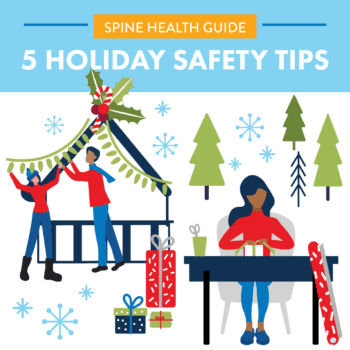Segmental instability is a condition where the bones in your spine (vertebrae) move more than they should. This extra movement can cause pain and make it difficult to perform everyday activities. It usually occurs in the lower back (lumbar spine) but can happen in other parts of the spine too.
Common Causes:
- Degenerative disc disease: Wear and tear on the discs between the vertebrae.
- Injury: Trauma to the spine from accidents, falls, or sports.
- Previous spine surgery: Surgery can sometimes lead to instability in the spine.
- Congenital conditions: Being born with spine abnormalities.
Symptoms:
- Pain in the lower back, especially when bending or lifting.
- Pain that radiates to the buttocks or legs.
- Stiffness in the back.
- Muscle spasms.
- Feeling like your back is “giving out.”
Diagnostic Tests:
- Physical exam: The doctor checks for pain, range of motion, and muscle strength.
- X-rays: Pictures of the spine to see the alignment and any abnormal movement, including X-rays taken while bending forward and backward to see the movement between the vertebrae.
- MRI or CT scan: Detailed images of the spine to check for any damage to the discs or nerves.
Treatment Options:
Non-Surgical:
- Medications: Over-the-counter pain relievers or prescription medications.
- Physical therapy: Exercises to strengthen back muscles and improve stability.
- Injections: Steroid injections to reduce inflammation and pain.
- Chiropractic care: Manual adjustments to improve spine alignment.
Surgical:
- Spinal fusion: Joining two or more vertebrae to stabilize the spine.
Common Conditions That Can Cause Similar Symptoms:
- Herniated disc: When the inner part of a spinal disc pushes out and presses on a nerve.
- Spinal stenosis: Narrowing of the spaces in the spine, putting pressure on the nerves.
- Spondylolisthesis: When one vertebra slips forward over the one below it.
- Degenerative disc disease: When discs break down due to aging or injury.
When to See the Doctor:
- If you have persistent back pain that doesn’t get better with rest.
- If you experience numbness, tingling, or weakness in your legs.
- If the pain interferes with your daily activities or sleep.
- If you feel like your back is unstable or “giving out.”
What to Ask the Doctor:
- What is causing my symptoms?
- What treatment options are available?
- How long will it take to recover?
- Will my condition worsen over time?
- What are the risks and benefits of surgery if needed?
- Are there specific exercises I should do or avoid?
Temporary Home Remedies:
- Exercise: Gentle exercises can help strengthen back muscles and reduce pain.
- Stretching: Regular stretching can relieve muscle tension.
- Pain relief: Over-the-counter pain relievers like ibuprofen or acetaminophen can help with pain.
- Proper posture: Maintain good posture to reduce muscle strain.
- Heat or ice therapy: Applying heat or ice can reduce pain and swelling.
Understanding segmental instability can help you know when to seek medical advice and what questions to ask your doctor. Early detection and treatment can help manage the condition and improve your quality of life.



